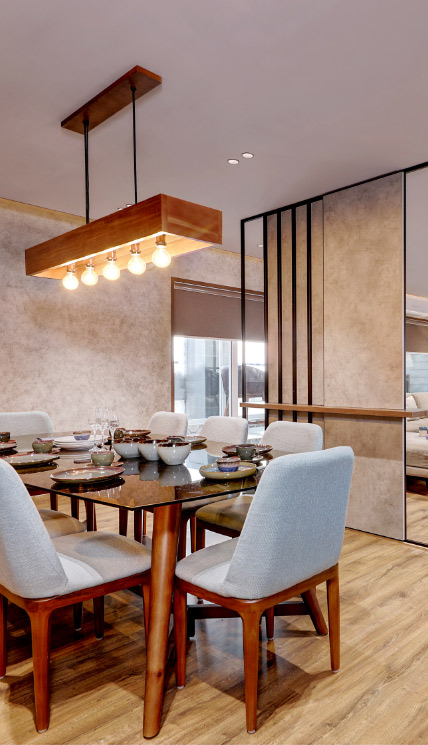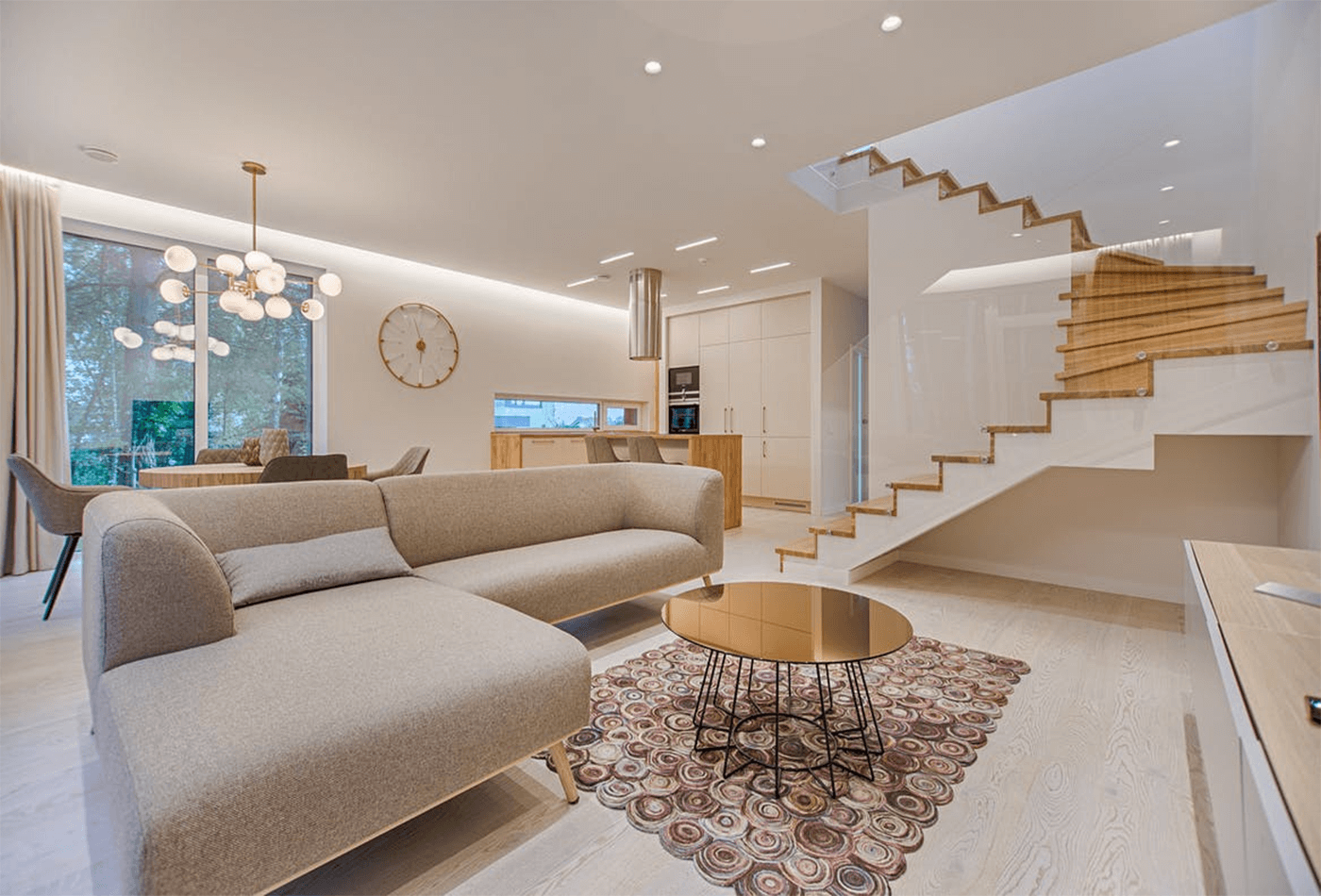Professional Architecture Firm specializing in modern structures.
Change Your Home With Crucial Principles of Interior Decoration and Aesthetics
By recognizing the influence of shade concept and the value of texture and patterns, one can produce rooms that are not just visually appealing however additionally deeply individual. Achieving this equilibrium includes even more than plain decor; it encompasses a tactical plan and an eager understanding of just how each component communicates within a space.
Understanding Color Theory
Color theory is an essential facet of indoor layout that considerably affects state of mind, perception, and overall aesthetic. Understanding the concepts of shade concept permits developers to produce areas that resonate emotionally with occupants while fulfilling functional requirements (miami luxury interior design). Colors can be categorized into 3 key kinds: main, additional, and tertiary. Each classification plays a crucial duty in developing harmony within a space.
The psychological influence of colors is profound; cozy colors such as reds and oranges evoke power and warmth, while awesome tones like blues and greens advertise calmness and harmony. The usage of complementary colors boosts visual passion, producing striking contrasts that can boost a room's allure.
Neutral colors, on the other hand, function as a versatile backdrop, permitting other layout elements to radiate. It is important to take into consideration elements such as lights and the room's function when picking a color combination, as these can change the assumption of colors throughout the day.
Eventually, a well-considered color pattern can change a space, promoting a feeling of comfort and design that lines up with the residents' choices. Mastery of color concept is, therefore, an essential skill for any kind of interior designer intending to produce unified and welcoming environments.
Achieving Equilibrium in Design
Exactly how can developers attain a feeling of equilibrium in their spaces? Achieving balance in design is essential to producing harmonious interiors. Designers can use three main types of balance: in proportion, unbalanced, and radial. In proportion equilibrium includes preparing elements evenly around a central factor, cultivating a sense of order and serenity. This type usually includes sets of furniture or art work, improving aesthetic security.
Unbalanced balance, on the other hand, depends on varying aspects that still achieve a natural appearance. This method enables even more dynamic and informal setups, giving rate of interest while preserving equilibrium. By carefully picking varying sizes, shades, and structures, designers can create an aesthetically compelling room that feels well balanced yet energised.
Radial balance stresses a central centerpiece with components radiating outward. This design is typically seen in round designs, where furnishings and decoration develop a cohesive surround that attracts the eye internal.
Eventually, attaining balance calls for thoughtful consideration of range, percentage, and the connections in between elements. miami luxury interior design. By masterfully applying these balance concepts, designers can transform rooms right into atmospheres that feel both aesthetically pleasing and functionally unified, improving the general experience for owners
Value of Spatial Awareness

A keen sense of spatial understanding enables designers to determine prime focus within a space, assisting the visitor's focus to vital attributes while maintaining an overall sense of unity. It also aids in the calculated positioning of illumination, which can dramatically influence the perception of space and mood. Recognizing spatial connections allows the designer to provide to the certain needs of citizens, you can try this out making sure that each area offers its designated objective without jeopardizing looks.
Inevitably, spatial awareness is crucial for taking full advantage of the potential interior design firms of any type of indoor area. By carefully thinking about the interplay between measurements, layout, and feature, designers can produce environments that not only fulfill useful needs but additionally evoke a sense of convenience and beauty, improving the total living experience.
Incorporating Structure and Patterns
Accepting a diverse variety of textures and patterns can dramatically enhance the visual and responsive allure of an interior area. The critical use of different products-- such as timber, steel, fabric, and stone-- produces deepness and passion, making an area feel a lot more welcoming and vibrant. Combining smooth surfaces with rough textures can establish a balance that draws the eye and engages the detects.
When integrating patterns, take into consideration both range and repetition. Large patterns can serve as prime focus, while smaller, subtle styles can match other aspects without overwhelming the space. Layering patterns, such as pairing floral cushions with striped tosses, includes intricacy and a feeling of consistency if carried out attentively.
It is additionally important to blog preserve a cohesive shade combination, guaranteeing that appearances and patterns interact instead of contend for focus. By choosing a couple of crucial textures and patterns, you can produce a combined visual that reflects your individual style while improving the overall atmosphere of the room. Eventually, the careful consolidation of these components can transform an ordinary space into an innovative atmosphere abundant with character and warmth.
Personalizing Your Area
Creating an area that mirrors your personality is essential to achieving an absolutely inviting atmosphere. Customization in interior layout allows you to infuse your special design and interests right into your home, changing it from a mere shelter right into a refuge that talks with that you are. Begin by selecting a color palette that reverberates with your emotions-- bold hues can stimulate, while soft tones provide harmony.
Include art work and decor that reflect your enthusiasms, whether it be traveling, nature, or abstract principles. Presenting individual collections, such as publications, photographs, or souvenirs, can evoke treasured memories and produce centerpieces within an area. In addition, consider customizing functional pieces, like upholstered furnishings, to straighten with your visual preferences.

Verdict
Finally, the improvement of a home through the important concepts of interior layout and aesthetics demands a detailed understanding of shade theory, equilibrium, spatial awareness, appearance, and personalization. Each component contributes dramatically to creating an unified and useful living atmosphere - interior design firms. By attentively integrating these concepts, individuals can improve the aesthetic appeal and emotional vibration of their spaces, inevitably promoting a home that mirrors special identifications while providing comfort and usefulness